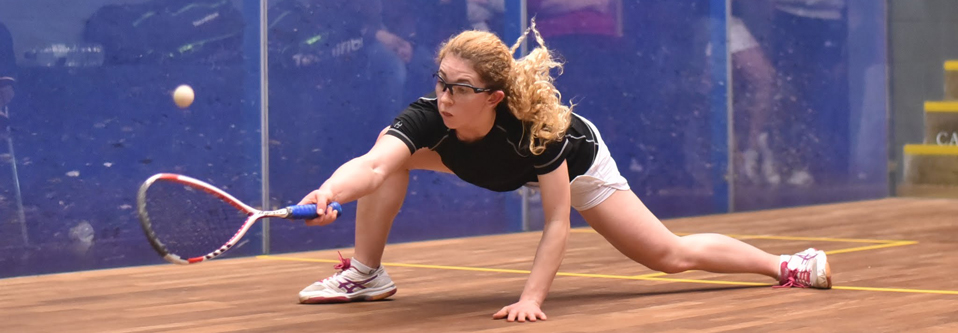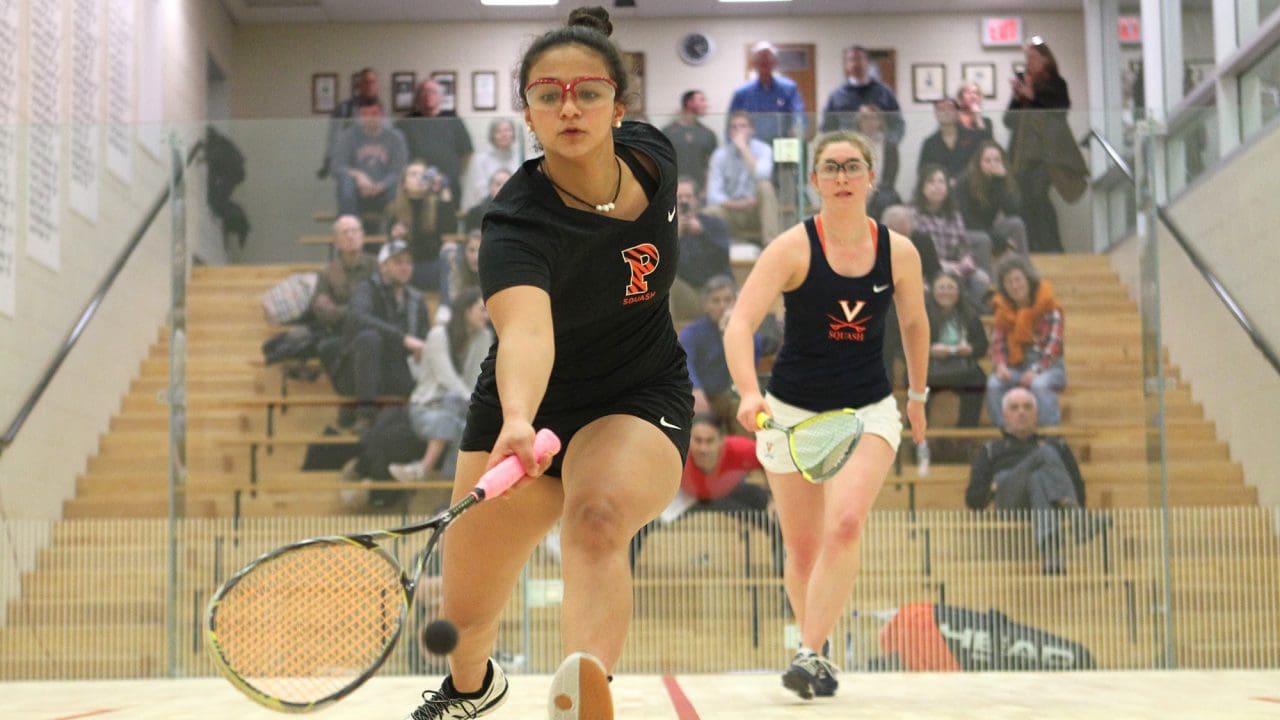
‘College Squash is the engine that drives the game in the US, and large parts of the world’
By RICHARD MILLMAN – Squash Mad Correspondent
For the next three weekends, in the USA, the College Squash Association comes to a culmination for the 2019-20 season, with the advent of the Women’s, Men’s and Individual championships, which are taking place at three iconic institutions here.
This coming weekend will see the Women’s CSA Team Championships taking place at Yale in New Haven, Connecticut, one of the eight Ivy League universities, whose traditions reach back in Squash to March of 1931 when the Intercollegiate Squash Racquets Association was founded.
The following weekend the Men’s Championships will take place at Harvard, with the Individual Championships following on the weekend of Feb 29th-March 2nd at the University of Pennsylvania – colloquially known as Penn. With official members of the CSA numbering 50 women’s teams and 87 men’s teams, and 10 or 11 players brought to the team championships and up to three to the individuals, there is going to be some crazy squash play in the next three weeks.
All the top divisions will have live stream video coverage (which I have the honor of commentating on) and will be available on YouTube in perpetuity thereafter, if you want to catch up.
Although the international understanding of the College Squash world is somewhat hazy, further investigation is well worthwhile.
Here are some simple facts:
College Squash is the engine that drives squash in the United States (and to some degree the entire world – because of the financial input). Because each of the 100 or so men’s teams and 60 or so women’s teams needs at least three or four players every year to complete their team, junior squash is a vibrant and competitive business like almost nowhere else in the world, with private schools competing in multiple leagues and the National High School Championships to remain competitive store fronts in their fight to attract wealthy (and recruited national and international talent) students who seek an education that will (hopefully) gain them entry to one of the elite, squash-playing colleges.
Correspondingly, there is a massive industry of coaches and manufacturers and court builders who make their living here in the wealthy and competitive environment which, at this point, seems to only be growing.

There are no scholarships (other than a couple of minor ones). What is on offer is financial aid for those families who cannot afford to pay the cost of an education at one the US’s premier institutions. This aid varies from institution to institution with some colleges rigidly sticking to traditions of basing need first and foremost on the student’s ability to qualify for admission through academic excellence, and others more relaxed in their admission rules.
Eye protection is mandatory. And you won’t see many players moaning about it. Because it is the same for everyone, everyone gets on with playing. Judge for yourself whether the standard of play is affected. I don’t believe so. The only thing that is affected is the chance that a person with a brilliant future in prospect might have their lives ruined through losing the sight in an eye. That is completely prevented – simple fact.
The level of play is the highest of any team competition in the world outside the world championships. American junior squash is broader than any other junior program in the world and deeper than all but Egypt. There are a fantastic number of really talented Americans whose names will likely never be known internationally. But make no mistake – they are the real deal!
The College Squash Association is truly an international affair and a window into the workings of American Squash where for whom truly talented players – both American and International – this is the climax of their squash careers and they will never be seen on the world tour, despite undoubtedly having the ability.
In a country where financial success pervades the psyche, the opportunity to earn six-figure salaries within a short time after graduation is much too strong a draw for competitive squash to pull against apart from a very few.
This should not lessen viewers’ appreciation of the talent of these athletes, most of whom forego the professional squash route. They are exceptional and also frequently the folks responsible for sponsoring and funding our sport as the success of their off-court careers allows them to indulge in their passions by injecting money into the game they love.

This is the last time we will see them, but not the last time we will feel their effect on the game we all love. Squash anonymity beckons, but, for the next three weekends, this is their moment to shine in the limelight!
In the Women’s Team Championships, there will be multiple divisions of eight team competitions with the Howe Cup being the top division where the championship will be decided for this season. Harvard and Princeton are ranked numbers 1 and 2 respectively and are likely to fight out the final, although Yale and Trinity (a traditional powerhouse here in the USA) will want to turn the argument in their direction.
The top players for Harvard and Princeton are Georgina Kennedy from England and Raneem El Torky from Egypt. Last time out Harvard squeaked a 5-4 win (10 players play of whom nine count for the match).
If you would like to follow the excitement of the world’s leading collegiate squash competitions you can follow the live feed at http://clublocker.com and hit the ‘Live’ button. You can also track your favorite players there.
Next week: The Men’s Championships.
Related article: Georgina Kennedy interview
Pictures courtesy of Harvard Crimson and Princeton Tigers
